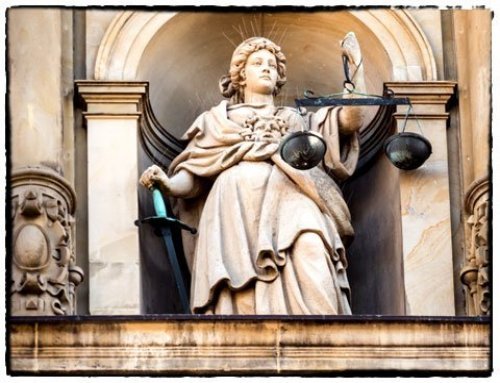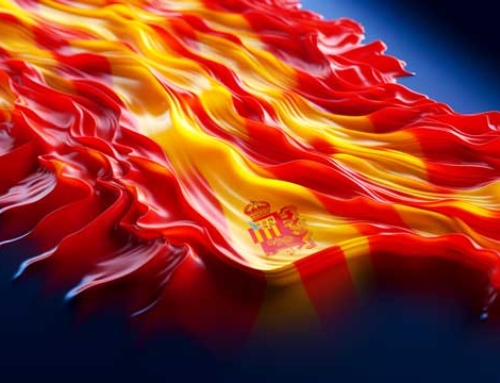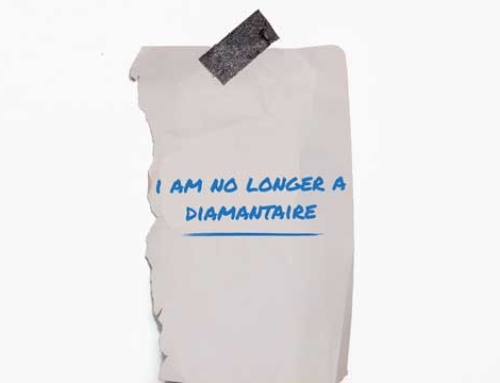Despite the fact that the diamond industry took three body blows from the COVID-19 pandemic, there are clear reasons for hope.
Firstly, the lockdown shuttered many retailers on the high street. Diamonds are traditionally a bricks-and-mortar marketplace, so those without an established e-commerce offer were caught cold. Next, the economic downturn had an inevitable impact on sales, not least as the global $250 billion wedding industry was all but frozen due to social distancing. Finally, the cessation of airline travel has complicated supply chains and cancelled all international diamond shows – a crucial networking and sales window in the calendar. They may face additional disruption in the second half of the year, a sign that a V-shaped recovery is just wishful thinking, mere hope.
The impact on the industry has shown some startling figures. Gemdax predicts that excess inventories at the largest diamond producers will reach $4.5 billion — or between 40 million and 50 million carats — by the end of the year. The COVID-related restrictions on the supply chain, and faltering consumer demand, will result in a drop in rough-diamond sales of 30% to 40% this year ($7 billion to $8 billion) according to Moody’s.
Hope on the horizon?
However, there are grounds for optimism too. The same Moody’s forecast expects a market pick up in the second half as social distancing eases, with revenues rising 20% to 25% in 2021, barring another virus wave. The world’s largest diamond mining company Alrosa predicts – or has hope for – a rise in demand by July or August, buoyed by the fact that sales are already bouncing back in China and other Asian markets.
Besides, the market hasn’t stood still during the downturn. Traditional retailers are turning to e-commerce solutions. Mining companies are offering online viewings in the absence of in-person showrooms. Fiancees have found new ways to get married, for example with ‘Zoom weddings’, while the vast majority plan to have the same ceremony in the future. The enforced intimacy of lockdown has also persuaded many couples to get engaged.
All eyes are now trained on the peak season of Thanksgiving, Christmas and Lunar New Year, as retailers and manufacturers attempt to regain lost ground from the first three financial quarters of 2020.
Brands must therefore become smarter in their marketing, as they look to differentiate in a highly competitive market. Increasingly, customers are making purchases for personal reasons that extend beyond the shape, look and feel of the piece. Provenance of diamonds (e.g. is it sustainably and ethically sourced?) is becoming a new value stream that retailers (and their supply chains) can ill-afford to ignore.
Ever more support
Before these markets fully reopen, Everledger is launching an upgraded version of their blockchain platform, which will provide a secure forum where a retailer and a supplier can be connected and open up opportunities for additional sales.
The new platform will specifically aid demand generation for retailers searching for diamonds and suppliers based on their sustainability efforts and compliance standards. Of course, this goes the other way, by matching suppliers who want to securely share diamond, sustainability and compliance data with individual retailers or groups of retailers.
Complete with new features, the platform will offer a privileged networking tool for compatible retailers and suppliers. For example, the Diamond Search function provides a match-making tool, allowing ‘suitors’ to search criteria across three main categories: Diamond Quality, Sustainability Efforts and Compliance Standards.
The platform also empowers Trusted Networking, by signposting standards-compliant new suppliers of diamonds (for retailers) or retailers (for manufacturers) – and then connecting matches together.
Sustainability from transparency, good reason for hope
True to their mission since we were founded back in 2015 (light-years ago in the blockchain space), the updated platform will offer plenty of sustainability and information transparency-related features. The Filter Rules function allows users to manage their data against sustainability standards and show milestones (e.g. minimum of 50% of sustainably sourced stones).
An exciting evolution is the introduction of Badges. These proof-points (e.g. carbon offsetting certifications, Kimberley Process certificate, invoices, etc.) reveal the user’s sustainability efforts and compliance standards, enabling further transparency to the value chain. Manufacturers can have visibility on how reliable the information about each stone is, to prepare for highly demanding retailers and luxury brands.
Everything on the new version of the Everledger Platform is made to facilitate the lives of manufacturers and retailers, based on the extensive user-centered process that were used to develop the new features. Retailers can search for invoices of diamonds received and export these for audit or compliance purposes. Transfer history can also be easily inspected downstream.
Faster, easier, with transferable features
The system has come a long way in just a short space of time. The upgrades will improve usability for everyone on the platform, with a state-of-the-art user interface that enables a single view and quick access to information and intuitive commands. The platform will be more visual, with enhanced graphics such as the sustainability badges.
The new version of the platform will focus predominantly on the diamond industry for this release, but it will soon carry transferable features through to all verticals, including fine wines, gemstones, e-waste, apparel and luxury goods. 2020 will certainly prove challenging for many industries, but it will be a time of exciting transformation too.






